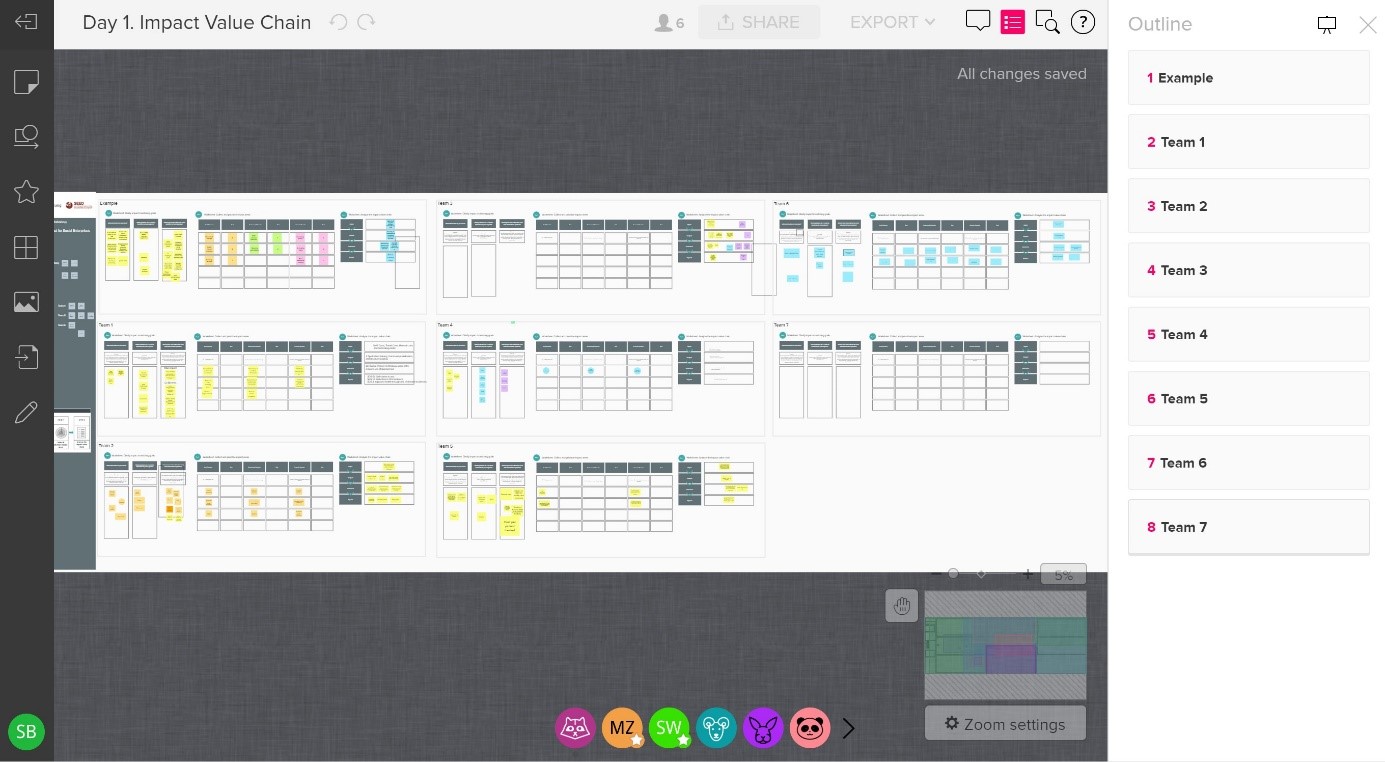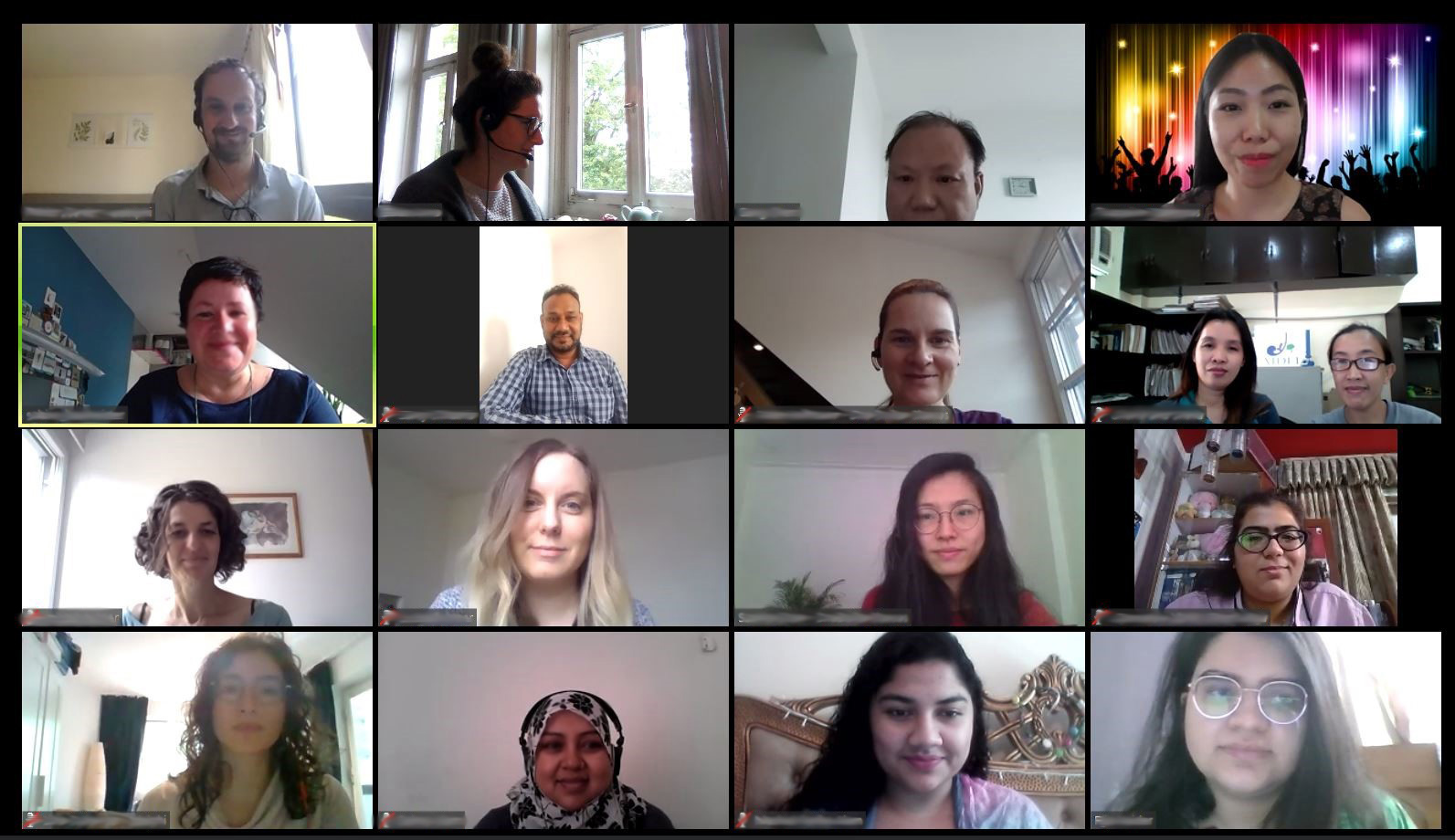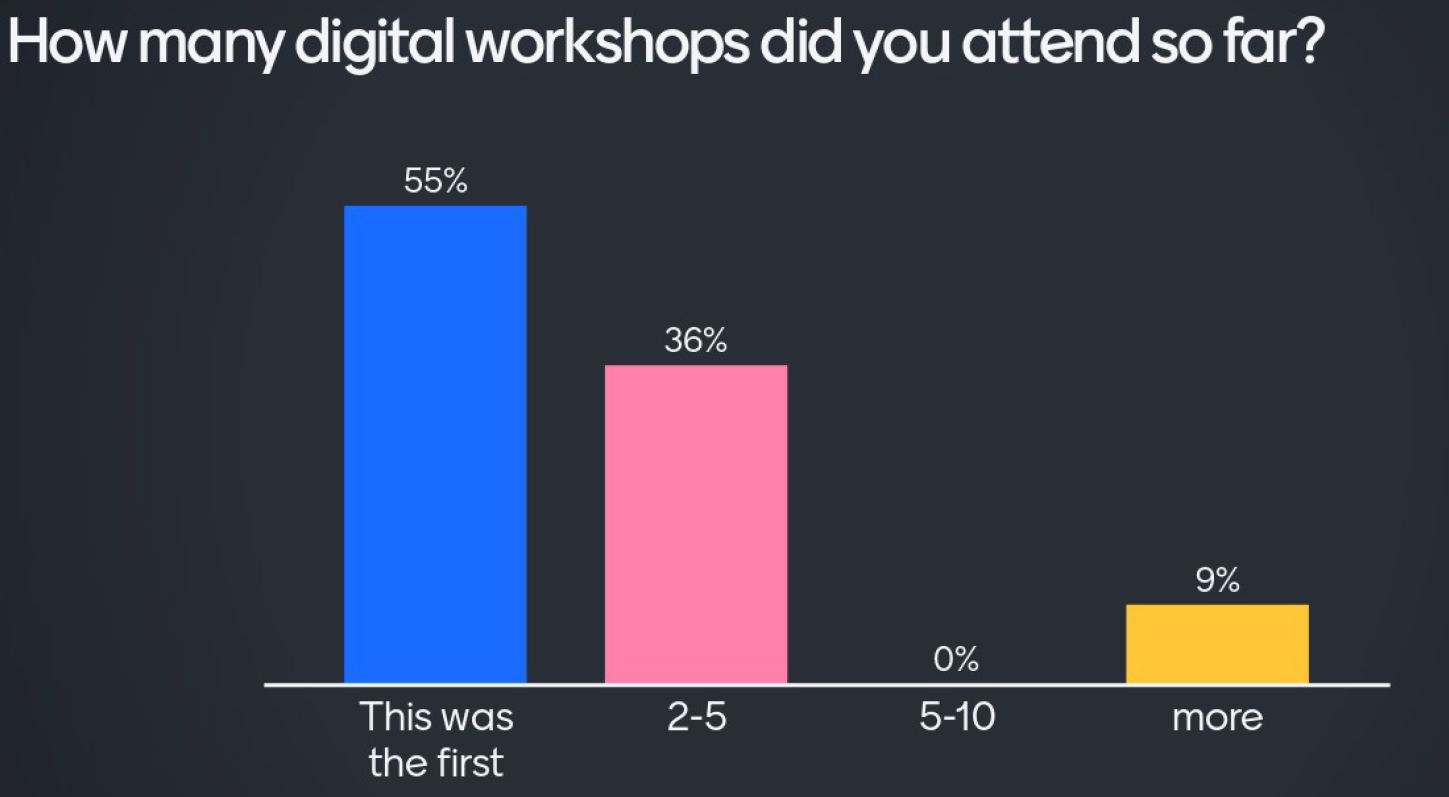Keeping our network alive during Covid-19: Lessons learned and digital ways of connecting

The empowering people. Network consists of approximately 60 social enterprises, spread all over the world, from the Philippines to the U.S., South Africa to Europe, and Argentina to China. Usually we meet in person in different constellations 2-4 times a year for epWorkshops, training sessions, and sometimes the whole epNetwork cohort gets together, like at the epAward last year in Cairo. In other cases, we have smaller, regional groups, like epOnsite trainings in Africa, Latin America, or Asia. At the beginning of 2020, we had scheduled some of these gatherings – and then Covid-19 hit.
By February 2020, we were still planning an epOnsite that was supposed to take place in May in Thailand. We were aware of the virus, but tried to remain optimistic about meeting our epNetwork members in person! But as the world knows, the virus didn’t disappear and, by March, it had gotten worse in many parts of Europe, for example. At that point, we began working from home, went into lock-down, and canceled workshops and projects where travelling would have been a basic requirement, as it was the case with our epOnsite in Thailand. It was during those initial weeks of our “new normal” that we realized we can offer workshops and trainings, albeit different from our normal approach, and benefit from digitalization while developing new skills at the same time.
The most important thing you need to know about our workshops (on site or digital) is that they are not webinars. Meaning: we strongly believe in having fruitful discussions, learning from each other, being peers, connecting and interacting, working in groups, and becoming friends – hence, in being a real network!
But with Covid-19, we needed to adapt our plans! Since then, we’ve been experimenting with different formats of digital workshops.
 Screenshot of a collaboration page during our epOnsite on Impact Measurement. This tool supports capacity building on impact analysis and monitoring by sharpening the awareness of the purpose of impact management. It enables the team to understand key concepts and frameworks such as the triple-bottom-line approach and the impact value chain, and how to apply them in a simple and effective way supporting the individual needs of the enterprise.
Screenshot of a collaboration page during our epOnsite on Impact Measurement. This tool supports capacity building on impact analysis and monitoring by sharpening the awareness of the purpose of impact management. It enables the team to understand key concepts and frameworks such as the triple-bottom-line approach and the impact value chain, and how to apply them in a simple and effective way supporting the individual needs of the enterprise.
First of all, we transformed our 3-day epOnsite into a version in which a workshop day ended after four hours instead of eight. Additionally, we started experimenting with new formats specifically addressing challenges that social enterprises might face during the Covid-19 period. These sessions were kept shorter (2-2.5 hours each day) to lower the entry barrier and make time for participation.
The downside here is that, during group discussions, you cannot dig deep into a topic as time is limited.
It is fairly common for people around the world to be using a combination of conference calling software and cloud-based collaboration platforms that mimic whiteboards and sticky notes (I won’t mention names/brands, but if you want to know more, send me a message).
After finishing some of our first online workshops, there are some learnings we can address for future sessions. They can be divided into two parts (process/communications and technology) – you will find them at the end of this article. It’s not rocket science, but we definitely did not consider all of these aspects before.
But, what I would like to focus on is the aspect of networking. How can we create an atmosphere of trust and connection if we are just staring at our screens? Usually we would have coffee breaks or dinners where we could chat. How can we substitute that? The answer is embarrassingly easy, but it took us two workshops to realize that creating and scheduling virtual coffee breaks is important. Technically facilitated and divided in small groups, we could match our workshop participants according to sectors or other criteria that made sense from the networking point of view. And the good thing is: it definitely works! After the coffee breaks, participants came back into the plenary, chatting and laughing, as they would have done after meeting in person.
What also can help is to prepare a document with short profiles of all participants and share this with the cohort in advance so that everyone has the chance to see who is in the “room”. I also noticed that most participants tend to keep their camera off, to save internet bandwidth. That is understandable, but it’s still nice to see everyone at least at the beginning or end of the workshop – which could also be the perfect moment to create a group picture!

–
All in all, the feedback we received was positive. Some participants even preferred the digital versions as there is no need for time-consuming travel (and it contributes to saving CO2). From the foundation’s point of view, we are definitely ready to offer more digital workshops that allow more team members of one organization to attend. But, what we also realized is that the market for digital workshops is growing quickly which leads to an important lesson learned: the digital world is less binding. I did this myself; I registered for a workshop and never showed up. But now, as a workshop facilitator, I realize how impactful that can be for not just the host, but everyone involved. As I mentioned above, our workshops are based on interaction and peer consulting – if participants don’t show up, it gets harder to profit from peer knowledge and benefit from the advantages that networking offers.
 As proof that we are all still learning: not so much experience on how to participate in a digital workshop.
As proof that we are all still learning: not so much experience on how to participate in a digital workshop.
For now, we’ll continue experimenting with different formats, and there is a lot to come in the next weeks and months for our epNetwork members! We are also confident that there will be epNetwork gatherings in person again someday. But for now, let’s make use of this period and learn how to navigate through the world of digital workshops, develop new media skills, climb over technical obstacles, and give new platforms a try, even if it can be strange and overwhelming at the beginning – this is the time!
Lessons Learned
For me, the main learnings can be divided into two parts: process/communications and technology.
Process/Communications
- Invest time in expectation management: What is going to happen? What’s the “DNA” of this workshop? What’s the difference between this and a webinar?
- Consider different time zones, depending on whom you wish to invite.
- Make sure that everybody understands the task for group work; consider differences in languages plus amplification of difficulties due to audio quality (background noise, etc.) and the lack of body language.
- Establish ground rules, e.g.: mute yourself when you are not speaking, raise your virtual hand when you would like to contribute, etc.
Technology
- Get the participants used to the digital platforms in advance. Hand out a simple and fun task to prepare ahead of time.
- Stable internet/bandwidth is key, both for hosts and for participants. As this cannot be granted everywhere, think about a “pen and paper” version of workshop material (e.g. PowerPoint templates instead of using the collaboration platform).
- If you are using a conference-call-software, make sure that there is one person in your team whose only task is to pilot everyone through this application. Who opens break-out rooms? Who summons everyone back into plenary? Who is helping out with technical issues etc.
- If you want to record the session, get consent from the participants in advance.
- Provide a parallel communications channel for the facilitators team and for the participants. That way you will be able to briefly update each other about timekeeping, potential problems, etc. Additionally, you will be able to communicate with single participants in case the video-platform causes difficulties, etc.
- Plan the first 10 minutes for a group check-in and to troubleshoot for potential problems like audio/visual connectivity.